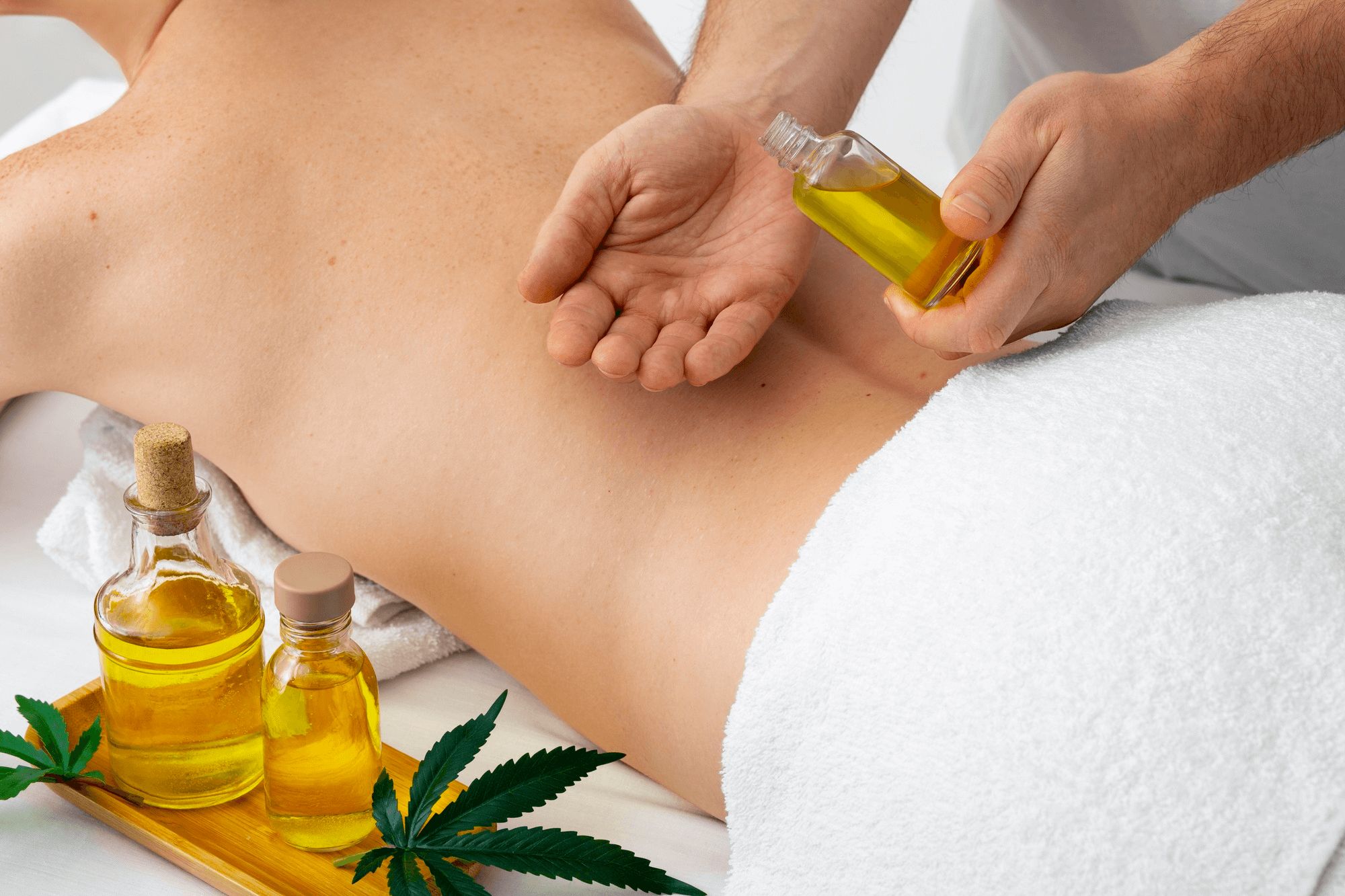For most massage procedures, special oil is used. Therapists apply it not only to ensure smooth hand movement across the skin, but also to provide cosmetic, relaxing, and toning effects. The choice of massage oil depends on the desired result. Let’s take a closer look at which oils are best to use during massage.
With the right choice of massage oil, it is possible to achieve therapeutic effects, increase skin elasticity and softness, and improve its natural tone. Oils allow hands to glide easily, moisturize the skin, and provide healing, firming, and warming effects. They also contribute to aromatherapy. In addition, oil helps prevent bruising during deep tissue work and reduces discomfort during intensive sessions.
These qualities are valued not only in individual treatments but also in shared wellness experiences. Around the world, couples are increasingly choosing spa rituals together as a way to relax and reconnect. Dubai, known for its luxury spa culture and world-class service, has become a leading destination for such experiences, making couples massage in Dubai a popular choice for those seeking both intimacy and rejuvenation.
Natural oils are divided into two groups: base oils and essential oils. Base oils serve as the foundation and carrier for nourishing and restoring the skin. Essential oils are generally not used on their own but are added to blends.
Which oil is best for massage
Before deciding which oil to choose, it is important to understand the main types:
- Base oils: rich, fatty oils saturated with nutrients, usually without a strong aroma. Their main role is to facilitate the procedure and soften the skin.
- Active oils: essential oils that serve a specific purpose. Depending on the goal, they can warm or calm the skin, provide anti-cellulite or lymphatic drainage effects.
- Cosmetic blends: ready-made mixtures designed for specific skin types. They are convenient for professionals who do not have time to create their own recipes, as well as for home use.
When choosing oil, consider:
- The number and natural quality of ingredients. A good oil should consist of a single natural product or a blend of plant-based oils, without synthetic additives.
- The skin type it is intended for. Manufacturers often design oils for specific skin types, though some universal blends suit all.
Benefits of massage oils for body care
Not all therapists use natural oils in their work. More often, cosmetic blends are applied, but only natural compositions provide a noticeable effect. For skin care, they are indispensable.
Massage oils offer the following benefits:
- Enhance overall appearance
- Improve hand glide during massage
- Prevent skin damage and overstretching
- Provide a pleasant aroma that relaxes and reduces stress
- Saturate skin cells with nutrients, preserving elasticity and smoothness
- Effectively soften the skin
If you practice self-massage at home, do not skip natural oils, as they significantly improve results. Both essential and base oils can be used, each with unique properties that must be considered when selecting the right blend.
Oils for different types of massage
The most commonly used oils include:
- Wellness and therapeutic massage: usually performed with one or more base oils without additives, simply to improve glide.
- Thai and other Eastern massages: require relaxing and stimulating essential oils such as rose, ylang-ylang, or ginger. The same applies to erotic massage, where oils are chosen carefully to enhance sensuality.
- Children’s massage: requires hypoallergenic, light oils such as olive or almond, which absorb quickly and do not irritate the skin.
- Anti-cellulite and body-sculpting massage: uses blends of several base oils (almond, grape seed, flaxseed, soybean) combined with essential oils that stimulate circulation and lymph flow (citrus oils such as orange, grapefruit, lemon).
- Facial massage: performed with oils that improve skin condition, such as olive or almond oil, often enriched with liquid vitamins A and E.
- Relaxing massage: accompanied by unique essential blends. Lavender and eucalyptus provide calming and pain-relieving effects, while jasmine oil helps fight fatigue.
Oils can tone, relax, moisturize, or provide anti-cellulite effects. An incorrectly chosen blend may cause irritation or discomfort, which is why professionals often use base oils enriched with carefully selected essential oils.
It is also important to consider the area of application. For example, flaxseed oil is comedogenic and unsuitable for facial or scalp massage, as it can clog pores or cause hair loss. For facial use, safer options include natural coconut oil.

Chase Ortiz is part of the team at PaigeSimple, where he takes care of all the advertising requests. With a sharp eye for detail, Chase makes sure every advertising opportunity is handled smoothly, helping the site grow and reach more people. His ability to manage these tasks efficiently makes him an important part of the team.

